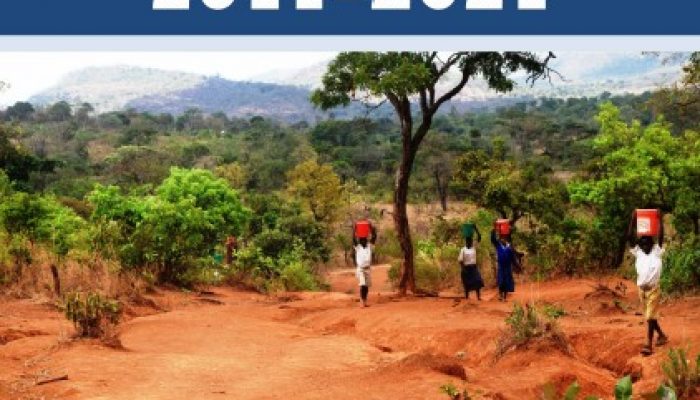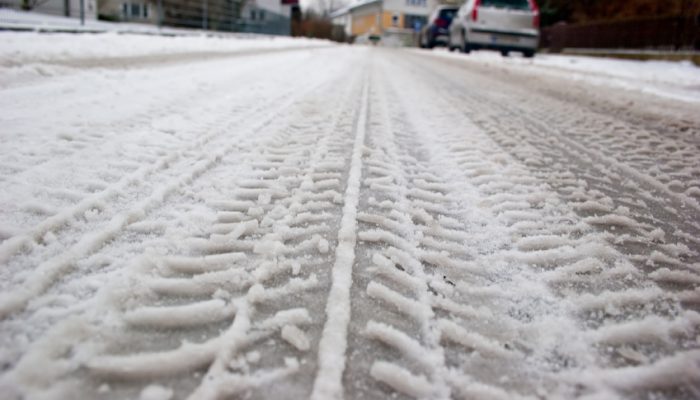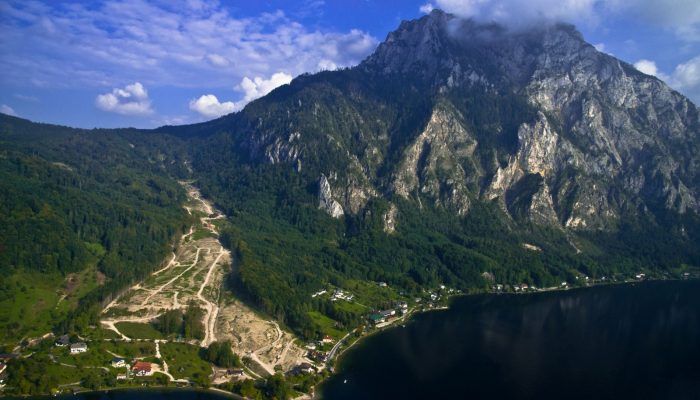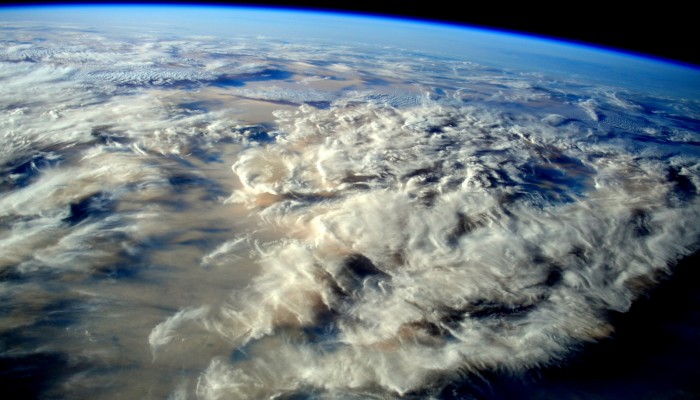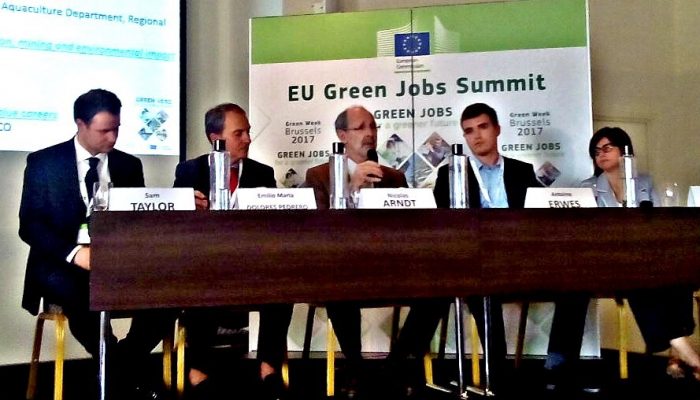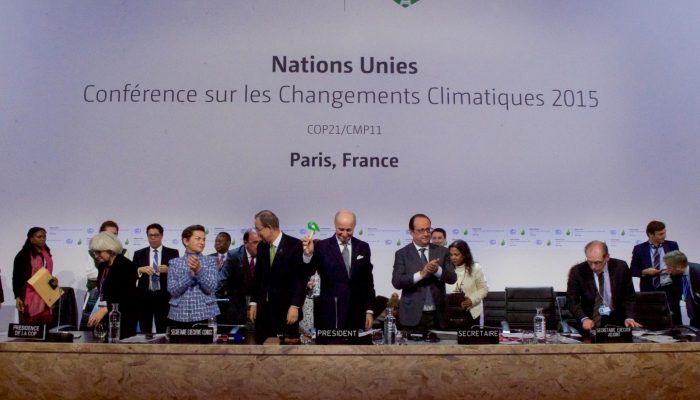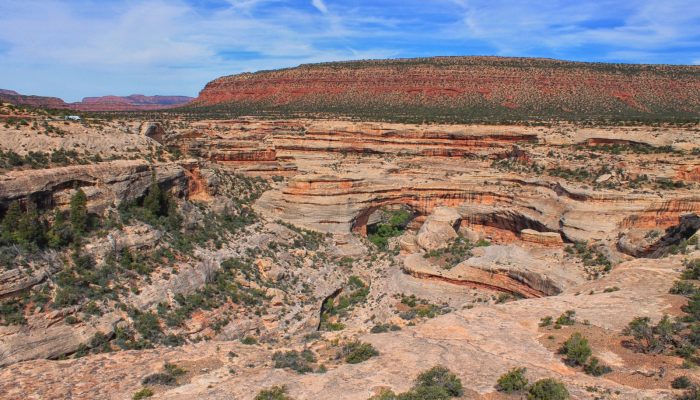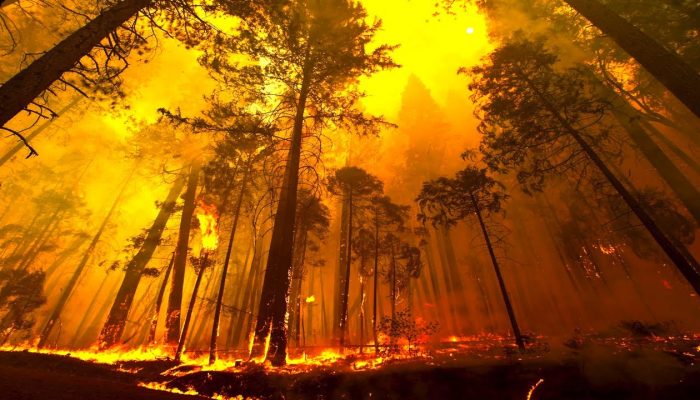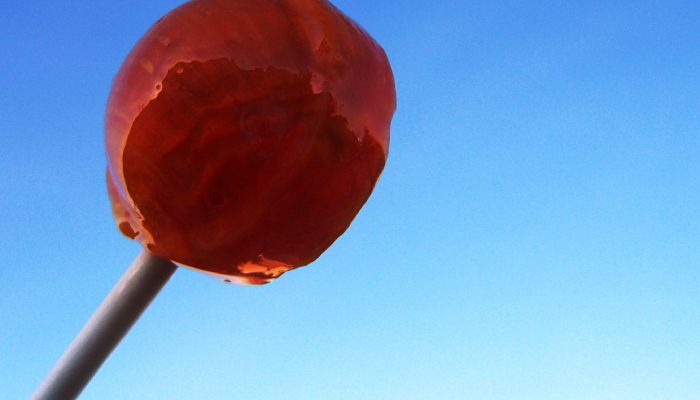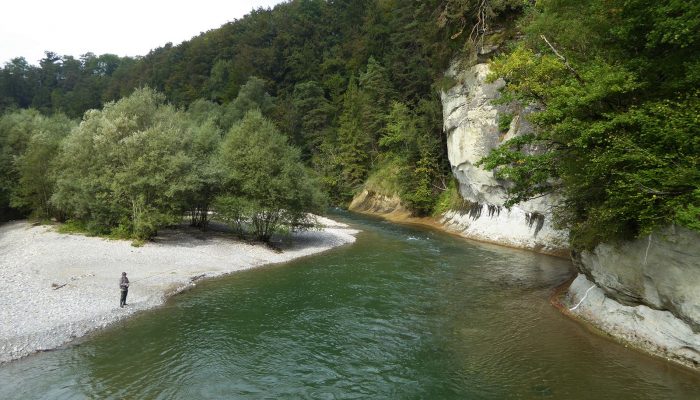Today we publish the GfGD Strategy (2017-2021), outlining our vision and the key objectives that will shape our work over the next 5-years. In 2015, the international community agreed the UN Sustainable Development Goals (SDGs). These goals aim to eradicate global poverty, promote sustainable consumption patterns, and facilitate sustained and inclusive economic growth, social development and envir ...[Read More]
WaterUnderground
Is highway de-icing ‘a-salting’ our aquifers?
Post by Mark Cuthbert, Cardiff University, and Michael Rivett, GroundH20 plus Ltd; University of Strathclyde. If you live in a cold climate, have you ever wondered where all the de-icing salt (or ‘grit’ as we call it in the UK) that gets spread on the roads in winter time ends up, aside from that accumulating salty grime that coats your car? As you might expect, most of the salt gets washed off th ...[Read More]
GeoLog
GeoSciences Column: Can seismic signals help understand landslides and rockfalls?
From the top of a small gully in the French Alps, a 472 kg block is launched into the chasm. Every detail of it’s trajectory down the slope is scrutinised by two cameras and a network of seismometers. They zealously record every bounce, scrape and tumble – precious data in the quest to better understand landslides. What makes landslides tick? In 2016, fatalities caused by landslides tipped 2 ...[Read More]
Atmospheric Sciences
Do you want to establish a career in the atmospheric sciences? Interview with the Presidents of the AMS and the EGU-AS Division.
Establishing a career in the atmospheric sciences can be challenging. There are many paths to take and open questions. Fortunately, those paths and questions have been thoroughly explored by members of our community and their experiences can provide guidance. In light of this, in September 2016 Ali Hoshyaripour [Early Career Scientists (ECS) representative of the European Geoscience Union’s Atmosp ...[Read More]
GeoLog
GeoPolicy: Conquering conferences – how scientists can make an impact at a policy driven event
Last week I was in Brussels for the EU Green Week, an annual event that discusses European environmental policy. The event was jam-packed with policy-makers, entrepreneurs, innovators and a handful of researchers. Green Week allowed me to network and gain a better understanding of upcoming political issues while enabling the EGU to show-off some specialist knowledge with Nick Arndt, the Chair of t ...[Read More]
GeoLog
May GeoRoundUp: the best of the Earth sciences from around the web
Drawing inspiration from popular stories on our social media channels, as well as unique and quirky research news, this monthly column aims to bring you the best of the Earth and planetary sciences from around the web. Major Story In the last couple of weeks of May, the news world was abuzz with the possibility of Donald Trump withdrawing from the Paris Agreement. Though the announcement actually ...[Read More]
GeoLog
Imaggeo on Mondays: Natural Bridges Monument, Utah, USA
Slowly but surely, the force of water has carved out a beautiful landscape in the sandstones of the Colorado Plateau. Suspended over canyons, naturally formed bridges and arches are the starts of Utah’s first national monument. The geological and modern history of the region is rich as Kimberly Galvez, a student of the University of Miami, describes below. This image shows an overview of a ...[Read More]
WaterUnderground
Fire and groundwater
Post by Andy Baker, University of New South Wales The effects of fire on the surface environment are clear to see. Landscapes are coated in ash. Intense fires can destroy all vegetation and alter soil properties. Less intense fires destroy just the surface leaf litter, grasses and shrubs. Grass fires can be fast moving, destroying buildings and threatening lives. Intense fires can even form their ...[Read More]
Atmospheric Sciences
What? Ice lollies falling from the sky?
You have more than probably eaten many lollipops as a kid (and you might still enjoy them. The good thing is that you do not necessarily need to go to the candy shop to get them but you can simply wait for them to fall from the sky and eat them for free. Disclaimer: this kind of lollies might be slightly different from what you expect… Are lollies really falling from the sky? Eight years ago ...[Read More]
GeoLog
Artificial floods: Restoring the ecological integrity of rivers
“You can never step into the same river, for new waters are always flowing on to you.” —Heraclitus of Ephesus Rushing rivers, with their unremitting twists and turns and continuous renewal, are often used as a metaphor for life, but the analogy is just as appropriate for scientific research, I reflected as I walked along the banks of a sparkling, turquoise-blue river in the heart of th ...[Read More]

